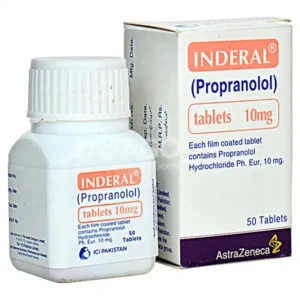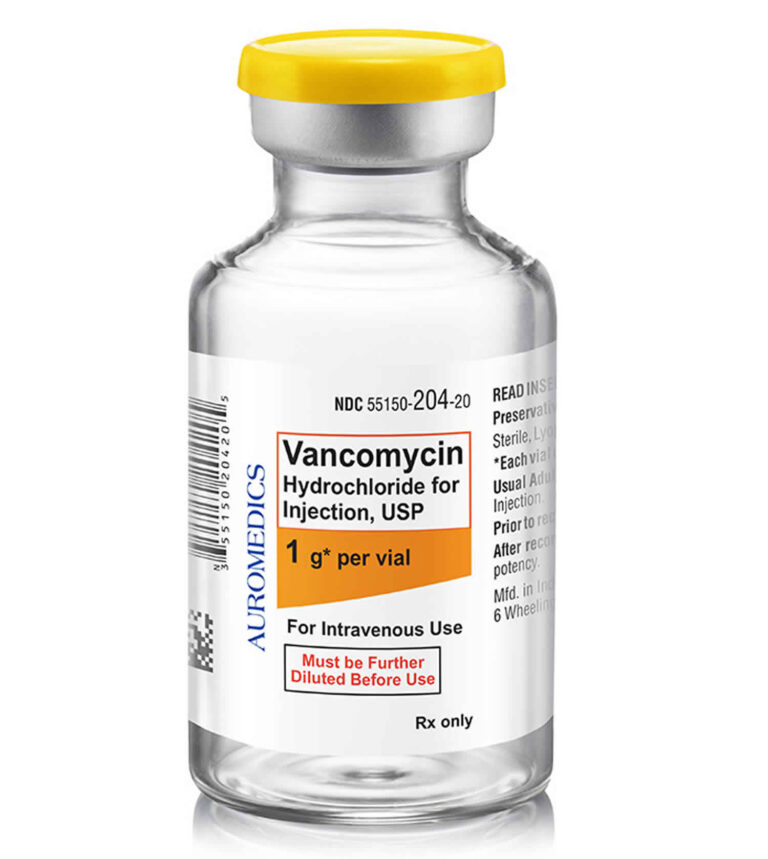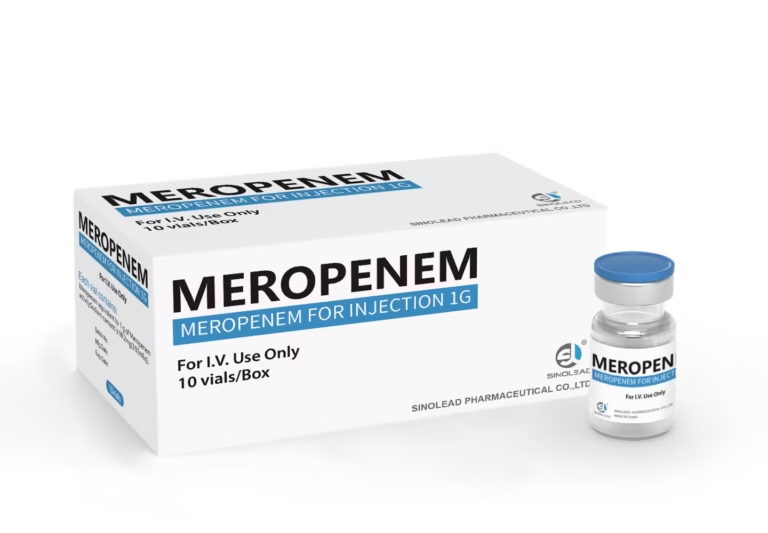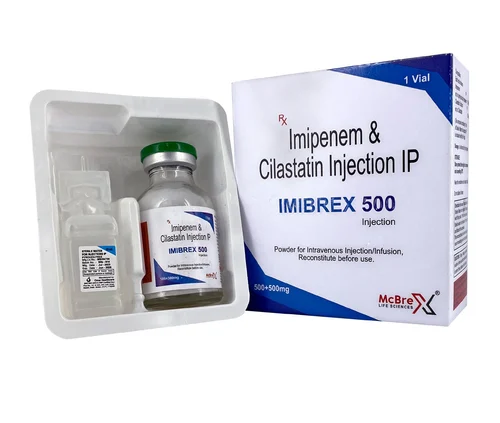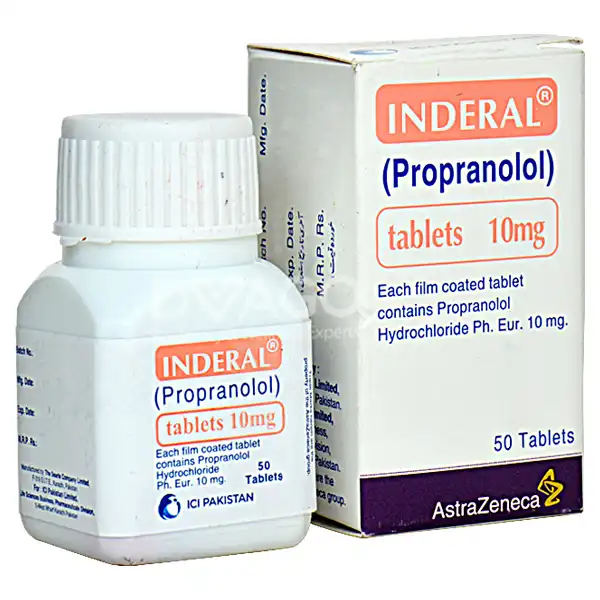
Propranolol, a beta blocker is a medication used for the management and treatment of various cardiovascular conditions, including hypertension, angina, and arrhythmias, and also for anxiety and migraine prevention. This comprehensive drug profile outlines the key aspects of propranolol, including its mechanism of action, indications, dosage, side effects, and more.
Mechanism of Action
- Beta-Adrenergic Blockade: Propranolol works by blocking the effects of norepinephrine and epinephrine on beta-adrenergic receptors, specifically the beta-1 and beta-2 receptors.
- Reduced Heart Rate and Blood Pressure: By blocking these receptors, propranolol decreases heart rate, myocardial contractility, and blood pressure.
- Vasodilation: It may cause vasodilation by inhibiting beta-2 receptors in blood vessels.
Uses of Propranolol
- Hypertension (High Blood Pressure): Propranolol reduces blood pressure by decreasing heart rate and cardiac output.
- Angina Pectoris (Chest Pain): Used to prevent and manage angina by decreasing myocardial oxygen demand.
- Arrhythmias: Helps in managing certain types of abnormal heart rhythms by stabilizing the electrical conduction in the heart.
- Heart Attack Recovery: Propranolol may be prescribed after a heart attack to prevent further complications.
- Anxiety: Often used off-label for performance anxiety and general anxiety disorder.
- Migraine Prevention: Propranolol is effective in reducing the frequency and severity of migraines.
- Essential Tremor: It can be used to treat tremors that are not caused by an underlying neurological disorder.
Dosage and Administration
Initial Dosing
- Hypertension: Typically starts at 40 mg twice a day.
- Angina: 80 mg per day, divided into 2 doses.
- Arrhythmias: Dosing varies depending on the type of arrhythmia, usually starting at 10-30 mg three to four times a day.
Adjustments
- Dosage may be adjusted depending on the patient’s response, severity of the condition, and tolerance to the drug.
Missed Dose
- Take as soon as you remember unless it’s close to the time for the next dose. Do not double the dose.
Side Effects of Propranolol
Common Side Effects
- Fatigue
- Dizziness
- Bradycardia (slow heart rate)
- Cold extremities
Serious Side Effects
- Hypotension (low blood pressure)
- Heart Failure
- Respiratory Symptoms: Worsening of asthma or other breathing problems.
- Severe Allergic Reactions (rare)
Others Side Effect
- Sleep disturbances (e.g., nightmares)
- Gastrointestinal symptoms (e.g., nausea)
- Depression or mood changes
Contraindications
- Asthma: Propranolol can worsen bronchospasm in asthmatic patients.
- Severe Bradycardia: Caution is needed in patients with a slow heart rate.
- Heart Block: Use with caution or avoid in patients with certain heart conduction abnormalities.
- Hypotension: Not recommended in individuals with severely low blood pressure.
Precautions and Warnings
- Discontinuation: Abrupt discontinuation of propranolol can precipitate withdrawal symptoms or worsen angina. A gradual dose reduction is recommended.
- Pregnancy: Category C – Not recommended unless clearly needed.
- Breastfeeding: Caution should be exercised, as propranolol may pass into breast milk.
- Renal and Hepatic Function: Dose adjustments may be necessary for patients with liver or kidney impairment.
Drug Interactions of Propranolol
- Calcium Channel Blockers (e.g., verapamil): Combined use can lead to significant bradycardia and heart block.
- Other Antihypertensive Drugs: May potentiate the blood pressure-lowering effects, leading to hypotension.
- Nonsteroidal Anti-Inflammatory Drugs (NSAIDs): May reduce the effectiveness of propranolol.
- Diabetes Medications: Propranolol may mask the symptoms of low blood sugar (hypoglycemia).
Pharmacokinetics
- Absorption: Well absorbed orally but undergoes significant first-pass metabolism in the liver.
- Half-life: Approximately 3 to 6 hours.
- Metabolism: Primarily metabolized by the liver.
- Excretion: Excreted mainly in the urine.
Popular Brand Names of Propranolol
Below is a table of popular brand names of propranolol along with their specifications.
| Brand Name | Formulation | Strength | Manufacturer |
| Inderal | Oral Tablet | 10 mg, 20 mg, 40 mg, 80 mg, 120 mg | Novartis |
| InnoPran XL | Extended-release Tablet | 60 mg, 80 mg, 120 mg, 160 mg | Amgen |
| Propranolol ER | Extended-release Capsule | 80 mg, 120 mg, 160 mg | Apotex |
| Hemangeol | Oral Solution | 0.1 mg/mL, 1 mg/mL | Pierre Fabre |
| Betaloc | Oral Tablet | 50 mg, 100 mg | AstraZeneca |
Overdose Symptoms and Management
Symptoms of Overdose
- Severe Bradycardia: Slow heart rate.
- Hypotension: Extremely low blood pressure.
- Severe Respiratory Distress
- Heart Failure Symptoms
Management of Overdose
- Gastric Lavage: If ingestion was recent, activated charcoal may be administered.
- Atropine: Used to reverse severe bradycardia.
- Supportive Care: Intravenous fluids and vasopressors as needed.
- Hemodialysis: Not generally effective due to the high protein binding of propranolol.
Conclusion
Propranolol a beta-blocker with diverse applications can treat heart conditions, anxiety, and migraines. However, it requires careful monitoring and consideration of contraindications, especially in patients with respiratory issues or low heart rate. Knowing the proper dosage, side effects, and interactions will help ensure its safe and effective use in clinical practice.
Sources & References
- Goodman & Gilman’s: The Pharmacological Basis of Therapeutics
- Basic and Clinical Pharmacology by Bertram Katzung
- Pharmacotherapy: A Pathophysiologic Approach by Joseph DiPiro
- drug.com
